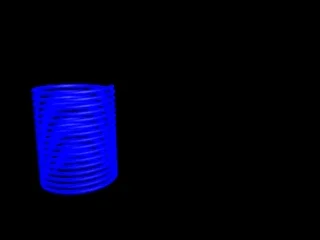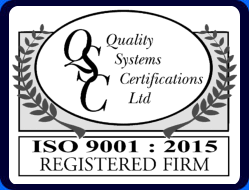316 Stainless Steel Wire
316 stainless steel is an austenitic chromium-nickel stainless steel containing molybdenum, making it highly corrosion-resistant, especially in chloride environments. It’s known for its strength at elevated temperatures and good weldability. It’s also known as “marine grade” stainless steel.
Key Properties:
- Corrosion Resistance: 316 stainless steel offers excellent resistance to corrosion, particularly against pitting and crevice corrosion in chloride environments.
- Strength: It exhibits good tensile, creep, and stress-rupture strengths at elevated temperatures.
- Weldability: 316 stainless steel is readily weldable using standard methods.
- Machinability: It has good machinability.
- Non-magnetic: While generally non-magnetic, welding or machining can make it slightly magnetic.
- Heat Resistance: It can withstand high temperatures, though it’s not recommended for continuous use at 425 – 860°C if corrosion resistance in water is needed.
Composition:
- Chromium: Provides corrosion resistance.
- Nickel: Contributes to its austenitic structure and corrosion resistance.
- Molybdenum: Significantly improves resistance to pitting and crevice corrosion.
Applications:
- Marine Environments: Its corrosion resistance makes it suitable for marine applications.
- Food and Medical Industries: Used in food processing equipment and medical devices due to its corrosion resistance and ability to maintain clean surfaces.
- Other Applications: Springs, engineered components, wire mesh, and hose braiding.







